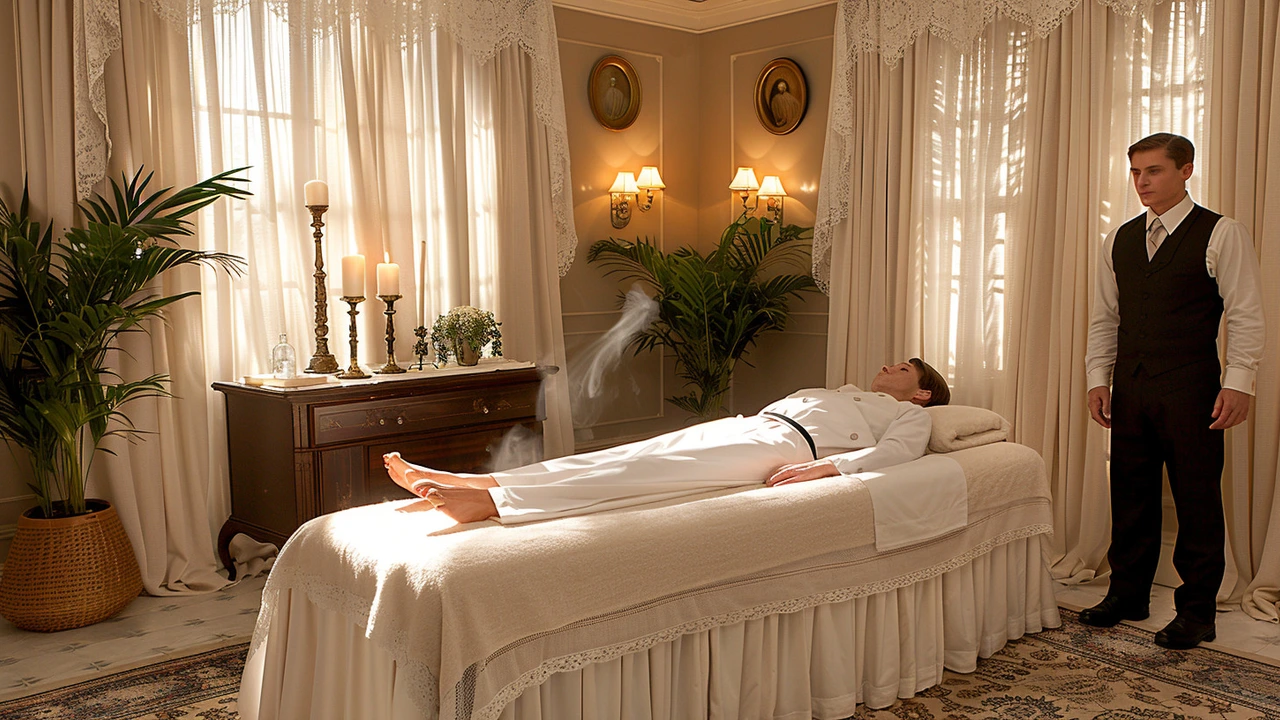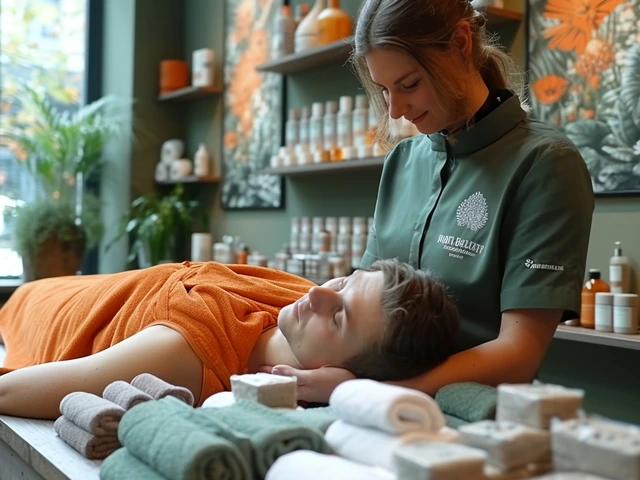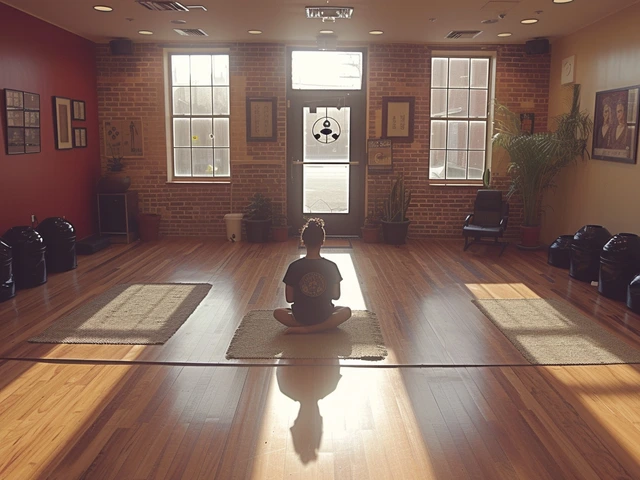
Understanding the Basics of Reiki
Reiki, a term derived from two Japanese words—'Rei,' meaning 'universal,' and 'Ki,' meaning 'life energy'—is a healing practice that taps into the limitless reservoir of life force energy that flows through and around us. The belief at the heart of Reiki is that when this energy is low or blocked, it can lead to illness or emotional upheaval, while free-flowing energy is associated with wellness and vitality. The goal of Reiki is to enhance and channel this energy to support the body's natural healing process.
Historically, the origins of Reiki can be traced back to early 20th-century Japan with the teachings of Mikao Usui. Although Reiki has evolved over time, the essence of Usui's teachings—a holistic approach towards balance and healing—remains integral to the practice. In modern times, Reiki has found a global audience, appreciated not just for its health benefits but also for its ability to nurture spiritual growth.
Reiki's Healing Principles
Integral to the practice of Reiki are the Five Reiki Principles, which serve as ethical guidelines to living a balanced and fulfilling life. These principles encourage individuals to not worry, not be angry, be grateful, work diligently, and be kind to others. Practitioners of Reiki integrate these principles into their daily lives, believing that maintaining harmony in thought and action is crucial to personal well-being and effective healing.
The principles highlight the importance of a positive mindset and compassionate living as foundations for health. In adopting these Reiki tenets, individuals open themselves to the flow of positive energy, which is essential for healing both the mind and body.
How Reiki Works: The Healing Session
A typical Reiki session involves the practitioner placing their hands just above or lightly touching the recipient's body, aiming to channel energy to areas of need. This non-invasive technique allows individuals to remain fully clothed, making it accessible and comfortable for everyone. The practitioner's hands may remain in a single position or move to different areas, depending on the individual's needs.
The experience of a Reiki session is highly subjective; recipients might feel warmth, tingling, or a sense of deep relaxation. Some people report feeling emotional releases or seeing colors, while others may not perceive any immediate sensations but notice improvements over time. The universal theme, however, is one of profound calm and balance following a session, attributed to the rebalancing of energy.
Physical Health Benefits of Reiki
Reiki's healing energy promotes relaxation and stress reduction, which can significantly contribute to physical health improvement. By inducing a state of calm, Reiki can help lower blood pressure, reduce symptoms of anxiety and depression, and alleviate pain. Its restorative effects are not confined to the mental realm; many find that Reiki accelerates the body's natural healing processes, assisting in recovery from illness and injury more quickly.
Among athletes and those undergoing physical rehabilitation, Reiki is valued for its potential to enhance recovery times and reduce the likelihood of future injuries. Its holistic approach supports overall wellness, making it a complementary treatment in various medical settings.
Mental and Emotional Wellness Through Reiki
The mental health benefits of Reiki are profound. In a world where stress can seem unending, Reiki serves as a peaceful oasis. It provides individuals with a tool for managing stress, fostering emotional balance, and supporting mental clarity. For many, Reiki is a form of meditation, helping them find inner peace and resilience against life's challenges.
Moreover, Reiki can be particularly beneficial for those dealing with traumatic experiences, offering a gentle means of emotional healing. By facilitating an environment of safety and calm, it allows individuals to process and release emotions that may have been locked away.
Combining Reiki with Other Healing Modalities
While Reiki is powerful on its own, it also complements other healing practices beautifully. Whether it’s integrated with conventional medical treatments or other alternative therapies, Reiki supports and enhances overall healing. For instance, combining Reiki with meditation deepens relaxation, while its use alongside psychotherapy can offer enhanced emotional insight.
This holistic approach to health, where Reiki is part of a broader wellness strategy, underscores the interconnectedness of mind and body. Embracing Reiki alongside other healing modalities can lead to comprehensive well-being and a more profound healing experience.
Reiki Self-Practice: Empowering Your Healing Journey
One of the most empowering aspects of Reiki is the ability to practice on oneself. This requires attunement by a Reiki master, but once attained, it offers practitioners a daily tool for self-healing and balance. Engaging in regular self-Reiki can fortify the practitioner against stress, enhance personal growth, and maintain energy balance.
Self-practice encourages a deep, personal connection with Reiki energy, allowing individuals to tap into their inner reserves of strength and peace. It fosters an ongoing commitment to wellness that is both personal and profound.
Getting Started with Reiki
Embarking on a Reiki journey starts with finding a qualified Reiki practitioner or master. Many offer introductory sessions, which can provide a glimpse into the potential benefits. For those drawn to the practice, pursuing Reiki training can be immensely rewarding. Each level of Reiki training delves deeper into the practice, eventually leading to the ability to self-treat and treat others.
Regardless of whether the interest in Reiki is for personal well-being, the desire to help others, or both, the journey is marked by growth, healing, and an ever-deepening understanding of the energy that connects us all.




